As first-generation ranchers, we’ve witnessed a powerful movement taking shape among a new generation who are purchasing larger plots of land. It’s a movement centered around regenerative agriculture—a transformative farming approach that we believe holds the key to our collective future. In this blog post, we’ll delve into what regenerative agriculture is, why it is essential for us as first-generation ranchers, and how it can positively impact our local communities.
Defining Regenerative Agriculture
Regenerative agriculture, in essence, is a system of farming and ranching that aims to revitalize our land, promote biodiversity, and build resilient ecosystems. It’s about going beyond sustainability and actively replenishing the resources we rely on. As first-generation ranchers, this approach aligns perfectly with our vision of leaving a lasting, positive impact on the land we steward.
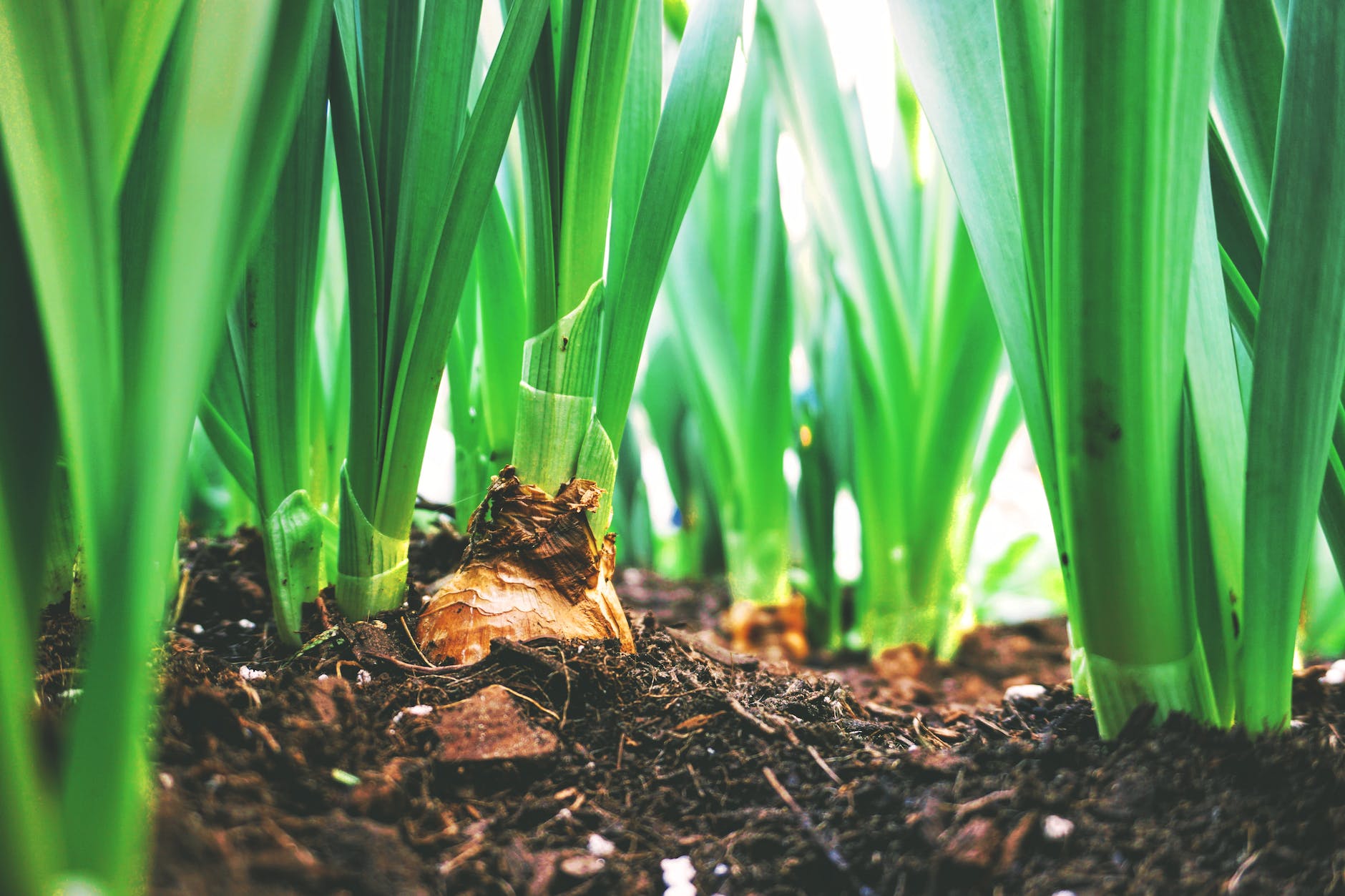
The Pillars of Regenerative Agriculture
Building Soil Health
Regenerative agriculture recognizes that healthy soil is the bedrock of successful farming. Practices include rotational grazing, composting, and cover cropping to improve soil structure, increase organic matter, and foster beneficial soil microorganisms. By enhancing soil health, we lay the foundation for long-term productivity and sustainability.
Rotational grazing is a method where livestock, such as cows, sheep, or goats, are periodically moved between different grazing areas or paddocks. The livestock are allowed to graze in one area for a specific period, and then they are moved to a fresh pasture while the previous area is allowed to rest and recover. This rotation process is repeated, ensuring that the livestock have access to fresh forage while giving the grazed areas time to regenerate. Here are the benefits of rotational grazing:
- Improved Soil Health: promoting natural nutrient cycling. When livestock graze in one area, they deposit manure and urine, which are rich in nutrients. This enriches the soil and supports the growth of diverse plant species. By rotating the livestock, the manure and urine are distributed more evenly across different pastures, reducing the risk of nutrient imbalances and improving overall soil fertility.
- Enhanced Plant Growth & Biodiversity Promotion: allowing for proper rest and regrowth of vegetation rotational grazing prevents overgrazing, which can weaken plants and lead to soil erosion. When plants are allowed to recover and grow back, they become healthier and more productive. Different plants have different growth patterns and nutritional qualities. As livestock are rotated through various pastures, they have access to a wider range of plants, resulting in a more balanced and nutritious diet.
- Water Management: with time to rest and recover, pastures are allowed proper water infiltration, reducing the risk of soil erosion. Additionally, the rotational system can be designed to take advantage of natural water sources, such as ponds or streams, ensuring that livestock have access to clean water while minimizing water waste.
- Carbon Sequestration: stimulating plant growth and encouraging root development. As plants grow, they capture carbon dioxide from the atmosphere and store it in the soil through their roots. This sequestered carbon helps reduce greenhouse gas emissions and promotes soil health.
Composting is a key component of regenerative agriculture that involves the decomposition of organic matter, such as kitchen scraps, yard waste, and animal manure, to create nutrient-rich compost. Even for individuals who have never gardened before, composting offers numerous benefits. Composting is the process of transforming organic waste materials into a dark, crumbly substance called compost. This is achieved through the natural decomposition of organic matter by microorganisms, such as bacteria, fungi, and earthworms. The resulting compost is a nutrient-rich soil amendment that can be added to gardens, farms, or potted plants to improve soil fertility and structure.
Cover cropping entails planting specific plant species, such as legumes, grasses, or brassicas, to cover the soil surface between growing seasons or in unused garden areas. Their root systems help to improve soil structure by loosening compacted soil, allowing for better water infiltration and root penetration. As the cover crops grow, their roots also excrete organic compounds, which feed beneficial soil microbes, promoting overall soil fertility. Cover crops also take up and store nutrients, especially nitrogen, from the soil. When these plants are later turned into the soil or naturally decompose, they release the stored nutrients, making them available for the subsequent main crops. Overall, cover cropping offers a range of benefits, including improved soil health, nutrient cycling, weed suppression, erosion control, disease and pest management, and biodiversity promotion.
Promoting Biodiversity
Embracing biodiversity is at the heart of regenerative agriculture. Through integrated crop and livestock systems, we create harmonious ecosystems that support a multitude of plant and animal species. This diversity not only strengthens our ranch’s resilience to pests and diseases but also fosters natural processes that reduce our reliance on external inputs.
Biodiversity promotion focuses on fostering a wide range of plant and animal species within agricultural and garden settings. It recognizes that a diverse ecosystem is more resilient, productive, and sustainable. Here’s how biodiversity promotion works and its advantages:
- Plant Diversity: achieved through techniques such as intercropping (growing different crops together in the same area) or companion planting (placing mutually beneficial plant species in close proximity).
- Habitat Creation: supporting beneficial insects, birds, and other wildlife. Providing nesting sites, food sources, and shelter for pollinators, predatory insects, and natural pest control agents helps maintain a balanced ecosystem. Biodiversity promotes the natural checks and balances necessary for pest control and the overall health of plants.
- Enhancing Soil Health: fostering beneficial soil microorganisms, earthworms, and other soil fauna. These organisms play essential roles in nutrient cycling, decomposition, and the development of soil structure, leading to improved soil health and fertility.
- Environmental Resilience: maintaining genetic diversity in crop varieties helps preserve adaptability and resilience to changing environmental conditions.
- Aesthetic and Educational Value: Biodiverse gardens and farms provide beauty and enjoyment while providing educational opportunities to learn about the intricate relationships between species and the importance of biodiversity conservation.
Efficient Water Management
Water scarcity is a growing concern, particularly in arid regions like ours. Regenerative agriculture encourages innovative water management techniques such as rainwater harvesting, conservation tillage, and precision irrigation. By optimizing our water usage, we can mitigate the impacts of droughts and ensure the sustainability of our farming operations.
With rainwater harvesting, rainwater is captured and stored for later use, reducing our reliance on freshwater sources. Additionally, in times of drought, we have discovered through more error than trial, that the vegetation requires rainwater supplementation in addition to or in replace of the mineral-heavy well water that supports our ranch.
Conservation tillage, another strategy, involves leaving crop residue on the soil surface to act as a natural mulch, reducing evaporation and retaining moisture. Conservation tillage is a departure from traditional practices that involve intensive plowing or tilling of the soil. Instead of completely turning over the soil, conservation tillage aims to disturb it as little as possible. Bonus: crop residue left on the soil surface decomposes slowly, capturing carbon from the atmosphere and storing it in the soil, reducing greenhouse gas emissions and enhancing the soil’s capacity to act as a carbon sink.
Implementing precision irrigation techniques, like targeted drip irrigation, ensures that water is delivered directly to the root zone of plants, minimizing losses due to evaporation or runoff. By incorporating these water conservation practices into our regenerative farming systems, we can mitigate the effects of drought, protect our water resources, and enhance the overall sustainability of our operations.
Why Regenerative Agriculture Matters to Us
- Preserving Our Legacy: As first-generation ranchers, we have the unique opportunity to establish a legacy for future generations. By embracing regenerative practices, we can leave our land healthier and more vibrant than we found it. It’s a chance to build a lasting agricultural heritage that resonates with the values of our community.
- Economic Viability: Regenerative agriculture not only benefits the environment but also our bottom line. By reducing input costs, enhancing soil fertility, and diversifying our farm enterprises, we increase our profitability over the long term. Our ability to produce high-quality, sustainably grown products aligns perfectly with the growing consumer demand for ethically sourced, locally produced food.
- Community Resilience: Our community is undergoing a transformation with the influx of new pioneers purchasing land alongside new generations stewarding generational family land. Regenerative agriculture provides an opportunity for collaboration and knowledge sharing. By implementing these practices collectively, we can strengthen our community’s resilience, create local food systems, and foster connections between producers and consumers.
Final Thoughts
As first-generation ranchers in a dynamic and evolving community, embracing regenerative agriculture is more than a farming practice—it’s a mindset and a commitment to our land, our future, and our community. By building soil health, promoting biodiversity, and implementing efficient water management strategies, we can create thriving ecosystems that support our ranch’s economic viability and leave a positive environmental legacy. Together, let’s embark on this regenerative journey and shape a sustainable, resilient future for ourselves and the generations to come.
Julie & Neil Martin
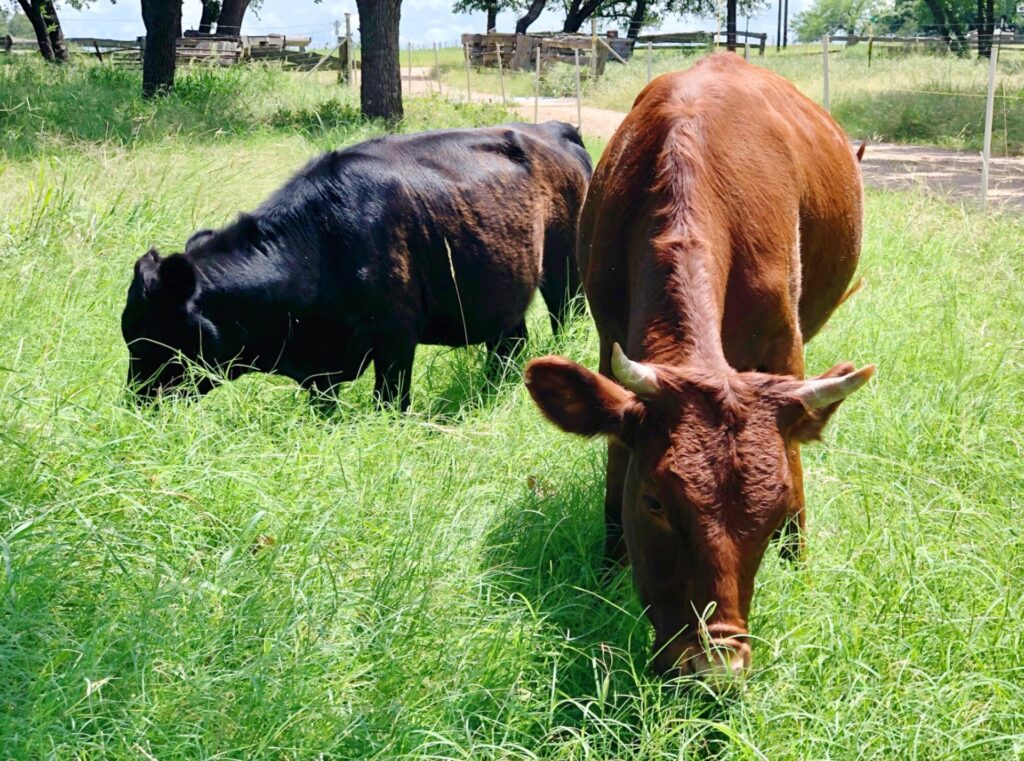
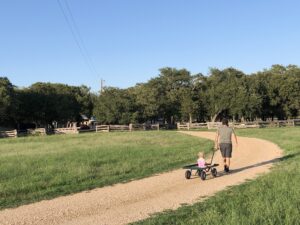


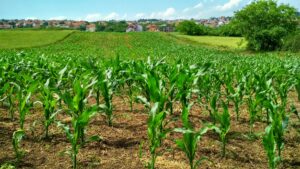
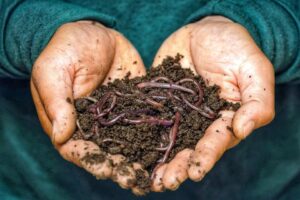
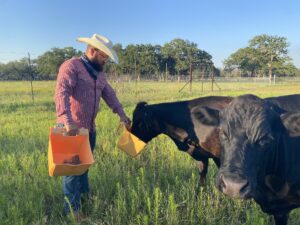
One thought on “What is Regenerative Agriculture and Why is it Important?”
I really like your views expressed here. Encouraging to me. I am very concerned about fresh underground water supply. I hope our community will follow similar practices. Our goal is to do much of the same!